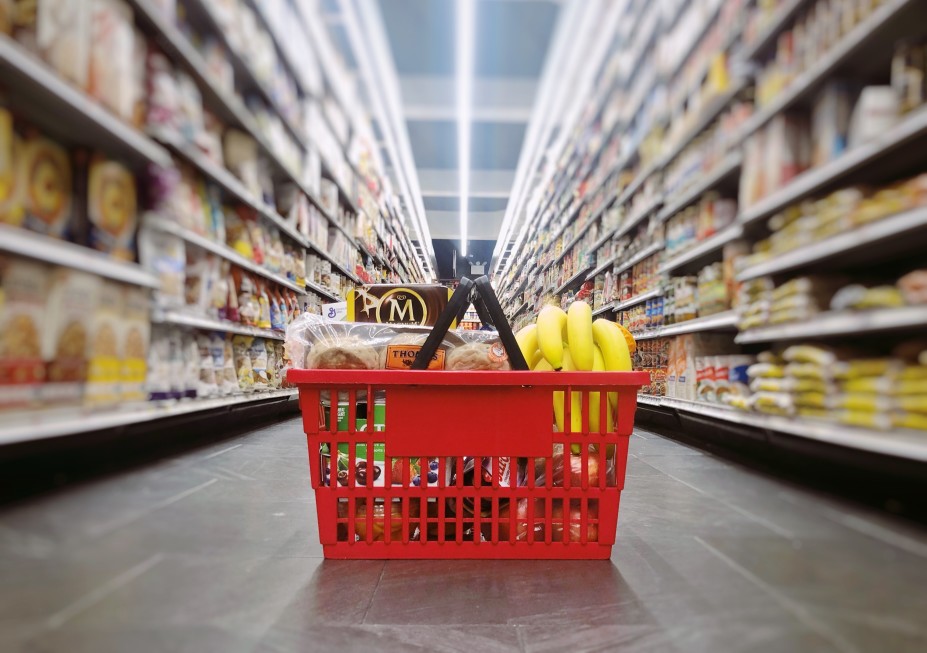Healthy Eating on the Go
A healthy diet is an important cornerstone of good health, but that doesn’t mean it’s always easy.
Along with exercise and stress management, healthy eating reduces your risk of lifestyle diseases and helps manage health conditions.
Healthy eating while you’re away from home and on the go can pose unique challenges.
You may be tempted to skip meals. It may also be hard to find out where to purchase nutritious foods, decide what you should pack in your lunch bag, and determine how to maintain a balanced meal while eating out.
This comprehensive guide explains how to maintain a nutritious diet while you’re on the go.
To eat healthy, you need to get a variety of nutrients from the five food groups — dairy, protein-rich foods, grains, fruits, and vegetables.
Each food group offers a different, main nutritional benefit, so by combining the food groups you can get a spectrum of nutrients that support good health.
Examples of foods from each group are:
- Dairy: milk, cheese, yogurt, lactose-free milk, fortified soy milk
- Protein-rich foods: seafood, meat, poultry, eggs, peas, beans, nuts, seeds, and soy products
- Grains: wheat, rice, oats, cornmeal, barley
- Fruits: fresh, canned, frozen, or dried fruits and 100% fruit juice
- Vegetables (nonstarchy): fresh, canned, frozen, or dried vegetables (raw or cooked) and 100% vegetable juice
MyPlate is a nutritional guide and meal planning tool that helps people eat healthy. The USDA developed it based on the Dietary Guidelines for Americans.
It recommends making at least half of your grains whole grains, varying your protein sources, and choosing low fat or fat-free dairy products.
To build a healthy plate — whether it’s for a meal or a snack — try pairing foods from at least two food groups to get a diversity of nutrients.
How to fill your plate for a healthy meal
- Fill half of your plate with nonstarchy vegetables like spinach or collard greens.
- Then, fill one-fourth of your plate with protein-rich foods, such as chicken, fish, or navy beans, depending on your preferences.
- Lastly, fill the remaining one-fourth of your plate with grains like rice or quinoa.
Healthy meal example 1: baked garlic butter chicken, stir fry vegetables, and rice
Healthy meal example 2: a cheese sandwich made with whole grain bread, cottage cheese, and sliced tomatoes
Healthy snacks
Pair a grain with a protein-, fat-, or fiber-rich food.
Your body digests mixed meals that include protein, healthy fats, and fiber more slowly than grains alone. This makes you feel full for longer, which can help support a healthy weight and blood sugar management.
Healthy snack example 1: an apple and nut butter
Healthy snack example 2: yogurt with dried fruit and nuts
How skipping meals can backfire
You might wonder what’s so bad about skipping meals.
It’s not unhealthy in itself, but skipping meals can backfire, causing you to be ravenous later so that you overeat at your next meal or load up on unhealthy snacks. We’re often not great at making healthy diet decisions when we’re hungry.
If you find this tends to happen to you, you might find it helpful to have preplanned food ready to grab and go when you’re in a rush.
That said, research has shown that skipping breakfast isn’t necessarily bad for you. If eating breakfast (or food at any particular time of the day) just isn’t part of your eating schedule, that’s OK.
Some people also forego meals intentionally for religious or cultural reasons or when practicing intermittent fasting. However, this is often preplanned and not the same as unintentionally skipping a meal because you’re in a rush.
Learn More: https://www.healthline.com/nutrition/healthy-eating-on-the-go#rushing-out-the-door

